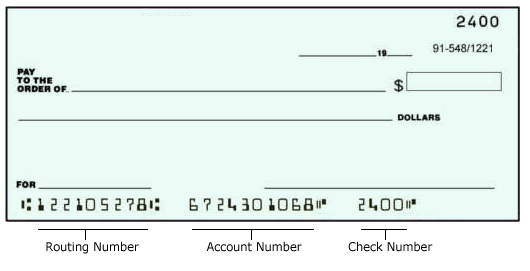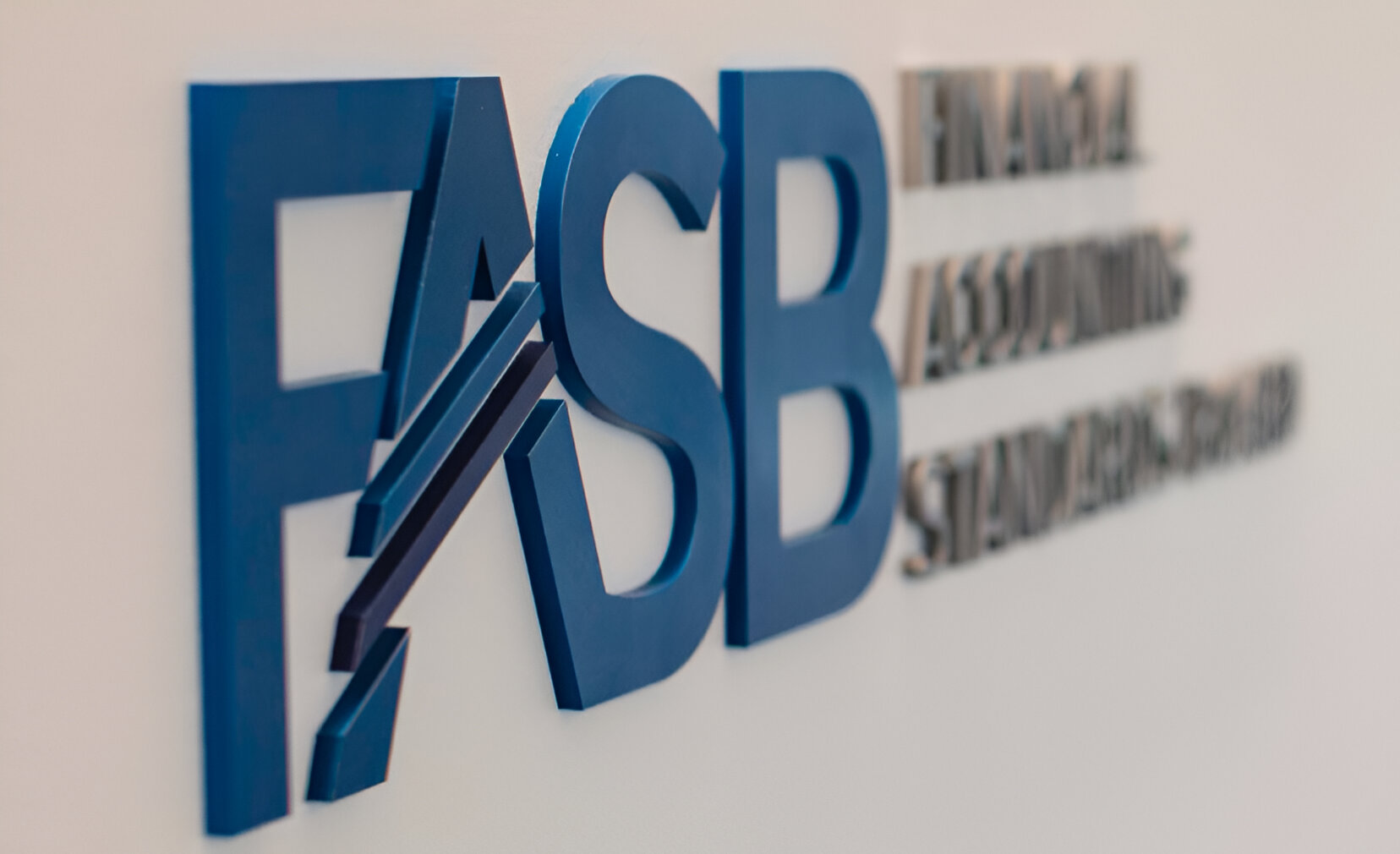Why do businesses still make so many payments by paper check, even as technology has made checks nearly obsolete in the consumer world?
One of the reasons is that the only measure of success for the payments process at most companies is making sure all the bills get paid on time. It’s hard to make a case for change until you define and quantify the problem—and evaluate how much better you could be doing with payment automation.
Of course, everyone in accounts payable knows that making payments is hard. And they know it’s not just one thing that makes it hard. It’s a lot of small, mundane problems that never make it into a monthly report, let alone a board meeting, where budget and technology decisions are made. As organizations look to AP to take on more strategic planning, budgeting, and cash management activities, they have to use automation to get rid of the manual, repetitive, non-value-added tasks they’re doing now.
Here’s why the payments process is one of the first places they should look:
- Multiple payment types. Even though checks are still prevalent, most companies are making at least some of their payments electronically: by ACH, credit card, or wire transfer. That means managing multiple payment types. AP has to stay on top of how to pay each vendor, manage banking information, and flag the payment type in its vendor master file. Then each payment type has its own workflow.
Maybe Friday is a “check-run day,” and the team spends the day printing checks and stuffing and stamping envelopes. Tuesdays and Thursdays, they send ACH or credit card batches to the bank, and remittance advice to the vendors. Then there’s probably a “wire day,” where someone is in the bank portal filling out a form for every wire they want to send. Typically this takes five or 10 minutes each, but I’ve heard of it taking as long as an hour to send a single wire. So if you’ve got 15 or 20 of them to do, that’s a few hours of someone’s time.
The point is, in most accounting departments, there is no single payment process. In getting rid of some of the paper, they’ve introduced more work at the same time.
- Approvals. A lot of businesses require two signatures per check because that’s the way they’ve always done it. Well, that takes up a lot of time.
I once worked with a wealthy and powerful man. He traveled all over the globe but still insisted on signing every check. AP was printing checks, sending them to him by FedEx, and by the time they got there, he’d already be in another city and the checks would have to be forwarded. Every minute of his time is probably worth thousands of dollars, so it cost a tremendous amount of money to pursue his manual signature.
In most companies, it’s nowhere near that extreme, but you’re still talking about the time employees are burning shoe leather, tracking down managers and executives to collect signatures. Meanwhile, paper checks are still not as secure as electronic payments. Why require manual signatures when you could just click a button and be done with it?
- Reconciliation. There’s a lot of consolidation of information for a proper reconciliation, and the information is all over the place, and it’s not all real-time. You have to log in to a bunch of different systems and wait for information.
When using checks to pay, you’ve got to wait for them to clear. If you’ve got outstanding checks at month’s end, you’ve got to account for that.
Most people pre-reconcile ACH because the transaction is paid when the money comes out of their account, but nearly everyone manually reconciles their credit card statements because the invoice numbers aren’t attached. And, if you pay bills by credit card over the phone, the recipient might not process it right away, so you could end up with outstanding charges, similar to a check.
Wires are the worst because the bank portal is separate from your accounting system. There’s no visibility at all from the moment you hit send until the payment arrives in the vendor’s hands. All the information has to be transferred manually after the wire has cleared and all the exchange fees and corresponding bank fees have been charged.
- Follow up. A payment is only made when it’s been received by the vendor and reconciled. But, with so much manual work, the process is slow and error-prone. Somebody pays something by credit card, and then an invoice comes in, so you pay it again via check. Or, a vendor changes their bank account number and their ACH payment doesn’t go through. They move, and their check gets returned. Maybe you made a typo on the wire amount on the bank portal. There are a hundred and one things that can go wrong with invoice payments.
Vendors have no visibility into the process, so they’re calling and emailing asking, “When am I getting paid?” Or, “I got your ACH payment, but what invoice is that for?” Or, “I got your payment, but it’s for the wrong amount.” It takes a lot of time to field all those questions, research them in all the various places where transactions live, and resolve them.
- Reports and audits. In a paper environment, when you’re done issuing checks, you print out a copy of the check stub and staple it to the invoice. Then those stacks of invoices go into a room somewhere, maybe on site, possibly off-site, so when someone asks for a report or an auditor comes through, it can take a long time to find it.
None of these tasks are really that hard on their own. But, when you’re making hundreds or thousands of payments, it can add up—and AP should do the adding. Executives might have an idea about some inefficiencies, but nobody tells the CFO how many phone calls they’re fielding a month; or how many times they’re driving to a warehouse across town to pull invoices; or that they’re spending 20 hours every month typing the same information into the bank portal. Nobody even counts it, because it’s all seen as part of the process. But it doesn’t need to be.
With today’s technology, you can press a button and make all your payments electronically in one pass, regardless of payment type. With cloud payment systems, both AP and the vendors they’re paying have total visibility into every payment as it makes its way to the payee with full remittance data. Based on my experience, most AP departments can shave about 75 percent off their costs by automating payments. There aren’t a lot of cloud technology projects you can say that about, and it’s reflective of how much inefficiency and waste there is in this process.
————-
Brent Meyers is the Vice President of National Sales for Nvoicepay. His extensive knowledge of the accounts payable industry includes regulation compliance and expense reporting solutions. Brent has held positions in accounts payable, claims, and credit cards, both on the merchant and issuing side. He is an accredited Payables Solutions Consultant through The Accounts Payable Network and a Certified Purchasing Card Professional through the National Association of Purchasing Card Professionals.
Thanks for reading CPA Practice Advisor!
Subscribe Already registered? Log In
Need more information? Read the FAQs




